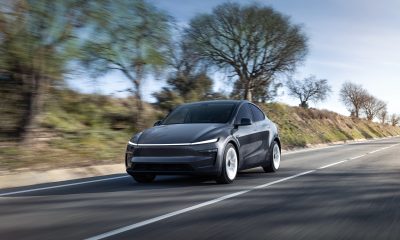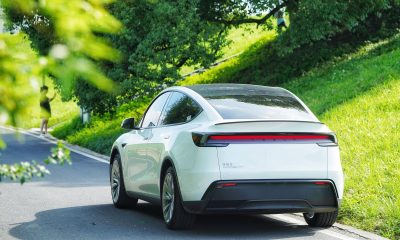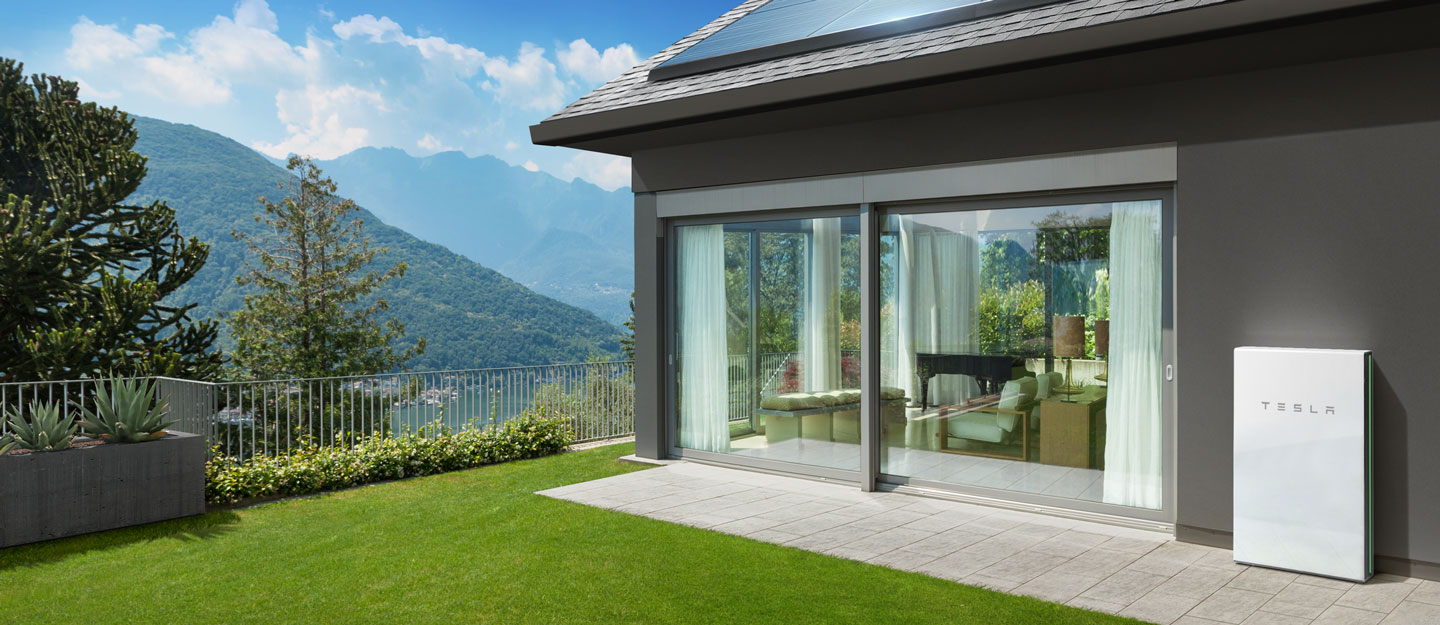

Energy
Tesla patents custom cooling system for longer-lasting energy storage devices
A significant part of Tesla’s business relies heavily on the durability and longevity of its battery packs, and in the spirit of disruptive innovation, the Silicon Valley-based company has continued to make improvements to its battery technology to make them more durable and more efficient. Tesla was able to achieve this through several ways, one of which was discussed in a recently published patent application.
It is pertinent for battery packs, particularly those that are used for energy storage, to be robust enough that they last for a very long time. To accomplish this, battery packs must be able to handle multiple charge and discharge cycles on a regular basis. They must also be able to weather faults in the system, including those that may cause damage to the actual cells in the pack itself.
Such a system was outlined by Tesla in a patent simply titled “Energy Storage System.” Explaining its rationale, the Silicon Valley-based company stated that “cells and other components in a pack generate heat during operation, both during the charging process to store the energy and during the discharge process when energy is consumed.” Tesla further explains that “when the cells fail, they typically release hot gases. These gases may impact the integrity of other cells in the pack and may cause substantial damage to the functional cells which have not failed.”
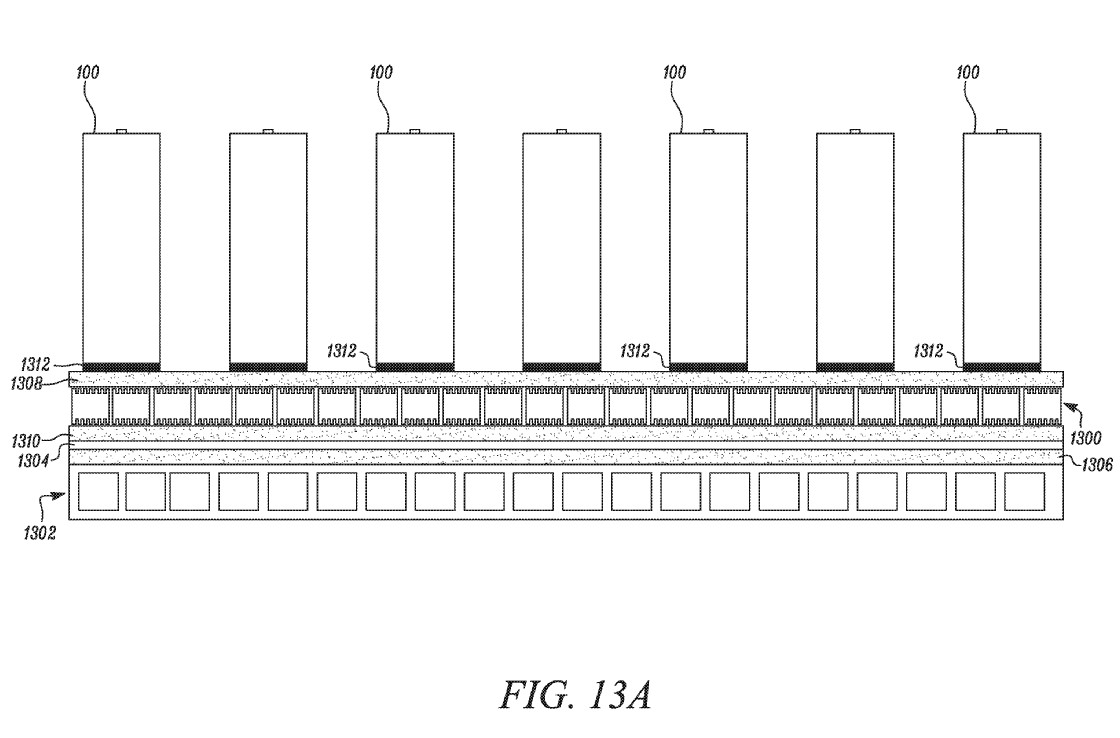
With this in mind, Tesla maintains that there is a need to develop an “improved energy storage system” that will be capable of reducing or removing “one or more of the issues mentioned.” Tesla’s patent describes two strategies that could improve its battery packs. One of these involves the use of a novel system that utilizes a cold plate, which could help remove heat generated by the battery pack during use. Heat pipes may also be used together with a cold plate to achieve this purpose.
“In certain embodiments, a cold plate (which provides liquid cooling) may be in thermal connection with the battery cells 100 to further remove heat generated during system use. The cold plate may be in direct thermal contact with the battery cells 100 or, alternatively, one or more layers and/or features may be between the cold plate and the battery cells 100. In certain embodiments, the battery cells 100 are in contact with one or more heat pipes to remove excess heat disposed under the battery cells. A cold plate is disposed below the heat pipe or pipes (on the side of the heat pipe away from the battery cells 100) that helps dissipate the heat contained in the heat pipe.”
“In certain embodiments, the cold plate may be in thermal contact with one side of the cells without any heat pipes disposed between the cells. The cold plate may physically consist of a single plate or multiple plates that are thermally connected to the cells and/or one another. In other embodiments, one or more heat pipes are disposed between the battery cells 100 and a cold plate is disposed below the battery cells 100. The heat pipes and the cold plate may be in thermal connection with one another.”
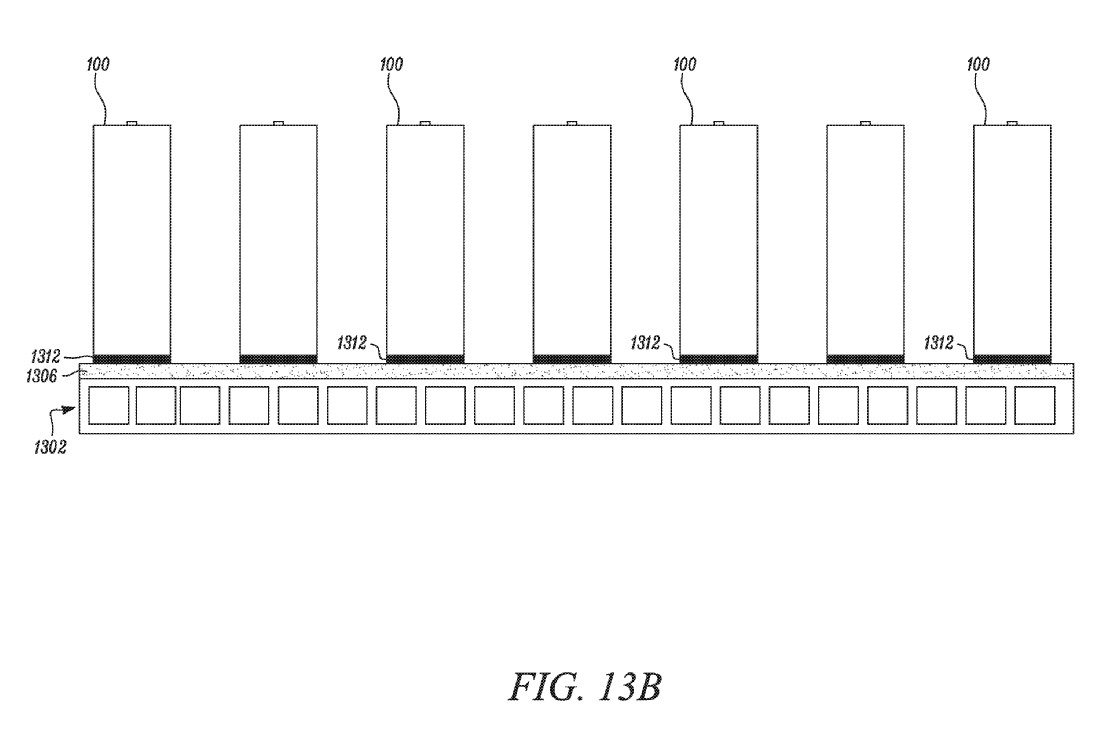
Apart from the use of cold plates, Tesla also described a battery pack with regions that are designed to give way when mechanical failures happen. By using such a system, the majority of the cells in a battery pack become protected even if some cells were to fail.
“The top plate includes one or more weak areas above the one or more battery cell. The weak areas are regions that have less integrity and thus, where mechanical failure is more likely to occur if a battery cell releases gas. These regions may be physically weaker areas compared to the surrounding areas and may rupture when pressure builds up due to a failed cell. Alternatively, the weak areas may be chemically weaker and preferentially rupture when exposed to the caustic gases released by a failed battery cell. The weak areas may also fail due to a combination of physical and chemical weakening.”
The full text of Tesla’s Energy Storage System patent could be accessed here.
Tesla’s focus on battery integrity in its recently published patent application suggests that the Silicon Valley-based company is looking to develop packs that are capable of lasting a very long time. Such improvements have been teased before, especially in a paper released by Tesla lead battery researcher Jeff Dahn and members of the Department of Physics and Atmospheric Science at Dalhousie University. The cells described in the paper are capable of lasting over 1 million miles on the road, or 20 years if used in grid energy storage.
Looking at these initiatives, as well as the battery pack contingencies outlined in the recently released patent, it appears that Tesla is building up towards creating an ecosystem of products that are capable of lasting decades. This, of course, plays a huge part in pushing Tesla’s overall goal of accelerating the advent of sustainable energy.
Energy
Tesla Lathrop Megafactory celebrates massive Megapack battery milestone
The Tesla Megapack is the backbone of Tesla Energy’s battery deployments.
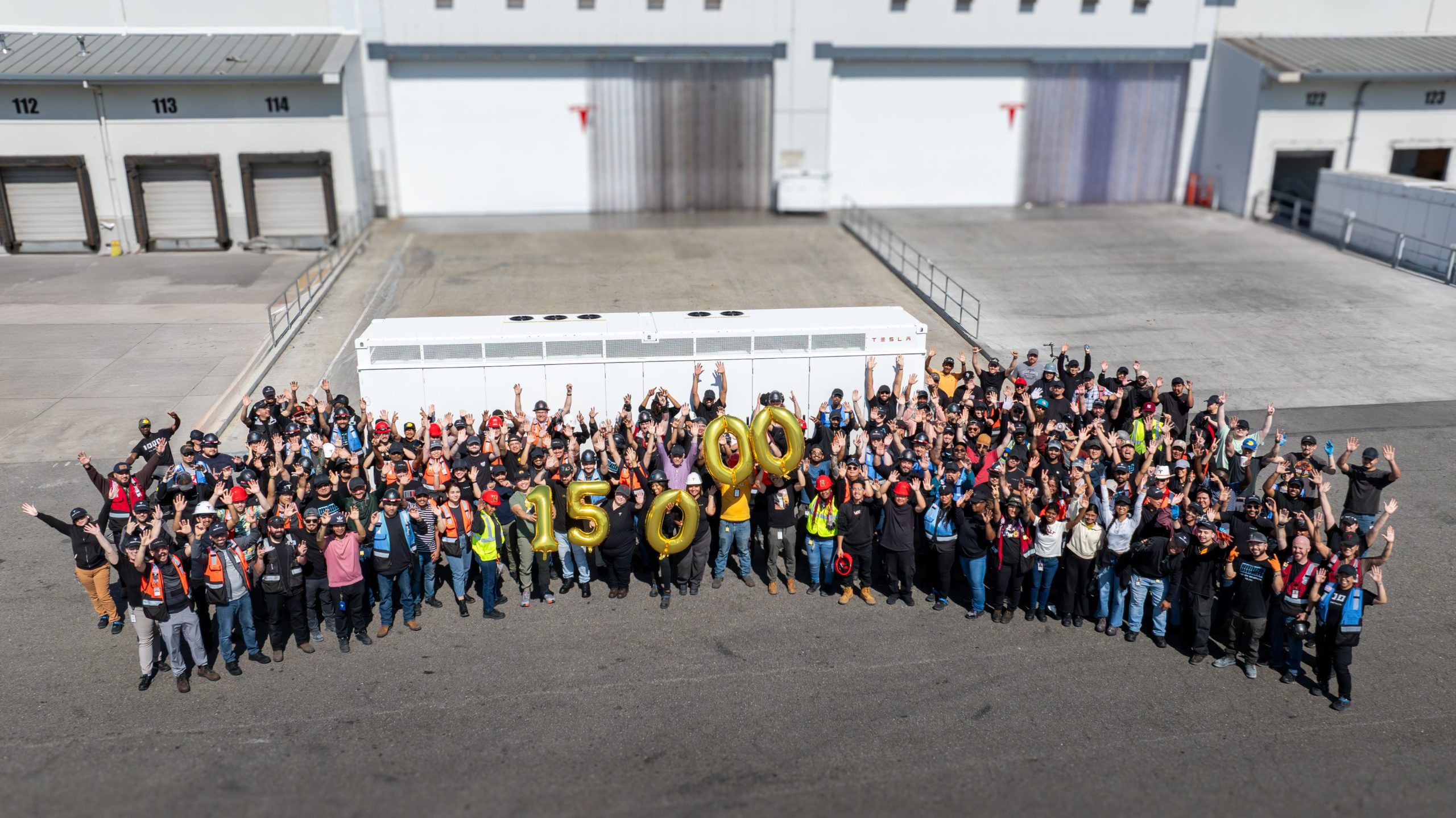
The Tesla Lathrop Megafactory recently achieved a new milestone. As per the official Tesla Megapack account on X, the Lathrop Megafactory has produced its 15,000th Megapack 2 XL battery.
15,000 Megapack Batteries
Tesla celebrated the milestone with a photo of the Lathrop Megafactory team posing with a freshly produced Megapack battery. To commemorate the event, the team held balloons that spelled out “15,000” as they posed for the photo.
The Tesla Megapack is the backbone of Tesla Energy’s battery deployments. Designed for grid-scale applications, each Megapack offers 3.9 MWh of energy and 1.9 MW of power. The battery is extremely scalable, making it perfect for massive energy storage projects.
More Megafactories
The Lathrop Megafactory is Tesla’s first dedicated facility for its flagship battery storage system. It currently stands as the largest utility-scale battery factory in North America. The facility is capable of producing 10,000 Megapack batteries every year, equal to 40 GWh of clean energy storage.
Thanks to the success of the Megapack, Tesla has expanded its energy business by building and launching the Shanghai Megafactory, which is also expected to produce 40 GWh of energy storage per year. The ramp of the Shanghai Megafactory is quite impressive, with Tesla noting in its Q1 2025 Update Letter that the Shanghai Megafactory managed to produce over 100 Megapack batteries in the first quarter alone.
Tesla Energy’s Potential
During the first quarter earnings call, CEO Elon Musk stated that the Megapack is extremely valuable to the energy industry.
“The Megapack enables utility companies to output far more total energy than would otherwise be the case… This is a massive unlock on total energy output of any given grid over the course of a year. And utility companies are beginning to realize this and are buying in our Megapacks at scale,” Musk said.
Energy
Tesla Megapacks powers the xAI Colossus supercomputer
Tesla Megapacks step in to stabilize xAI’s Colossus supercomputer, replacing natural gas turbines. Musk’s ventures keep intertwining.
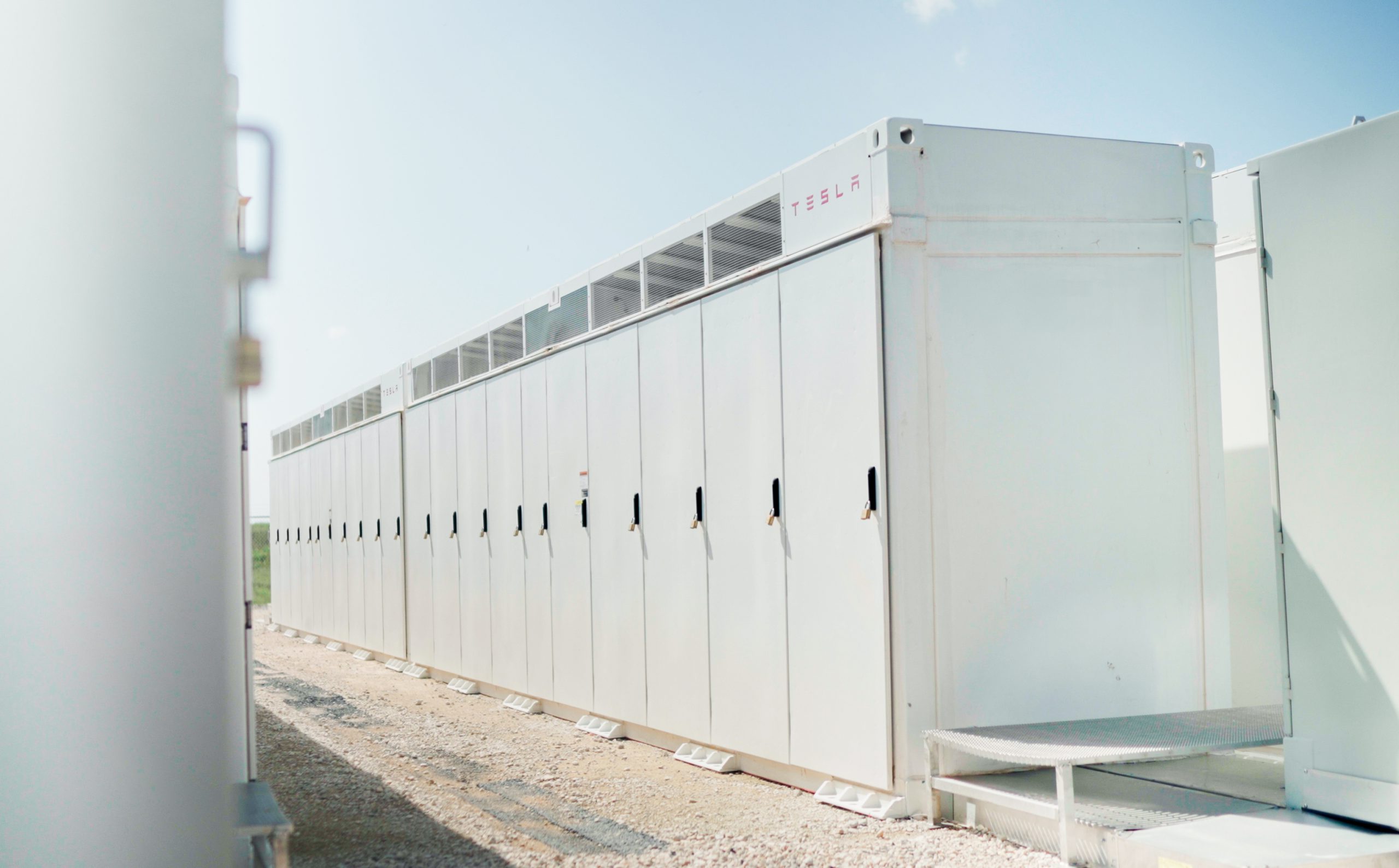
Tesla Megapack batteries will power the xAI Colossus supercomputer in Memphis to ensure power stability. The collaboration between Tesla and xAI highlights the synergy among Elon Musk’s ventures.
The artificial intelligence startup has integrated Tesla Megapacks to manage outages and demand surges, bolstering the facility’s reliability. The Greater Memphis Chamber announced that Colossus, recently connected to a new 150-megawatt electric substation, is completing its first construction phase. This transition addresses criticism from environmental justice groups over the initial use of natural gas turbines.
“The temporary natural gas turbines that were being used to power the Phase I GPUs prior to grid connection are now being demobilized and will be removed from the site over the next two months.
“About half of the operating turbines will remain operating to power Phase II GPUs of xAI until a second substation (#22) already in construction is completed and connected to the electric grid, which is planned for the Fall of 2025, at which time the remaining turbines will be relegated to a backup power role,” the Chamber stated.
xAI’s rapid development of Colossus reflects its ambition to advance AI capabilities, but the project has faced scrutiny for environmental impacts. The shift to Megapacks and grid power aims to mitigate these concerns while ensuring operational continuity.
The Megapack deployment underscores the collaboration among Musk’s companies, including Tesla, SpaceX, Neuralink, and The Boring Company. Tesla appears to be the common link between all of Musk’s companies. For example, The Boring Company built a tunnel in Giga, Texas. In addition, Musk has hinted at a potential collaboration between the Tesla Optimus Bot and Neuralink. And from January 2024 to February 2025, xAI invested $230 million in Megapacks, per a Tesla filing.
Tesla Energy reported a 156% year-over-year increase in Q1 2025, deploying 10.4 GWh of storage products, including Megapacks and Powerwalls. Tesla’s plans for a new Megapack factory in Waller County, Texas, which is expected to create 1,500 jobs in the area, further signal its commitment to scaling energy solutions.
As xAI leverages Tesla’s Megapacks to power Colossus, the integration showcases Musk’s interconnected business ecosystem. The supercomputer’s enhanced stability positions xAI to drive AI innovation, while Tesla’s energy solutions gain prominence, setting the stage for broader technological and economic impacts.
Energy
Tesla Energy celebrates one decade of sustainability
Tesla Energy has gone far since its early days, and it is now becoming a progressively bigger part of the company.
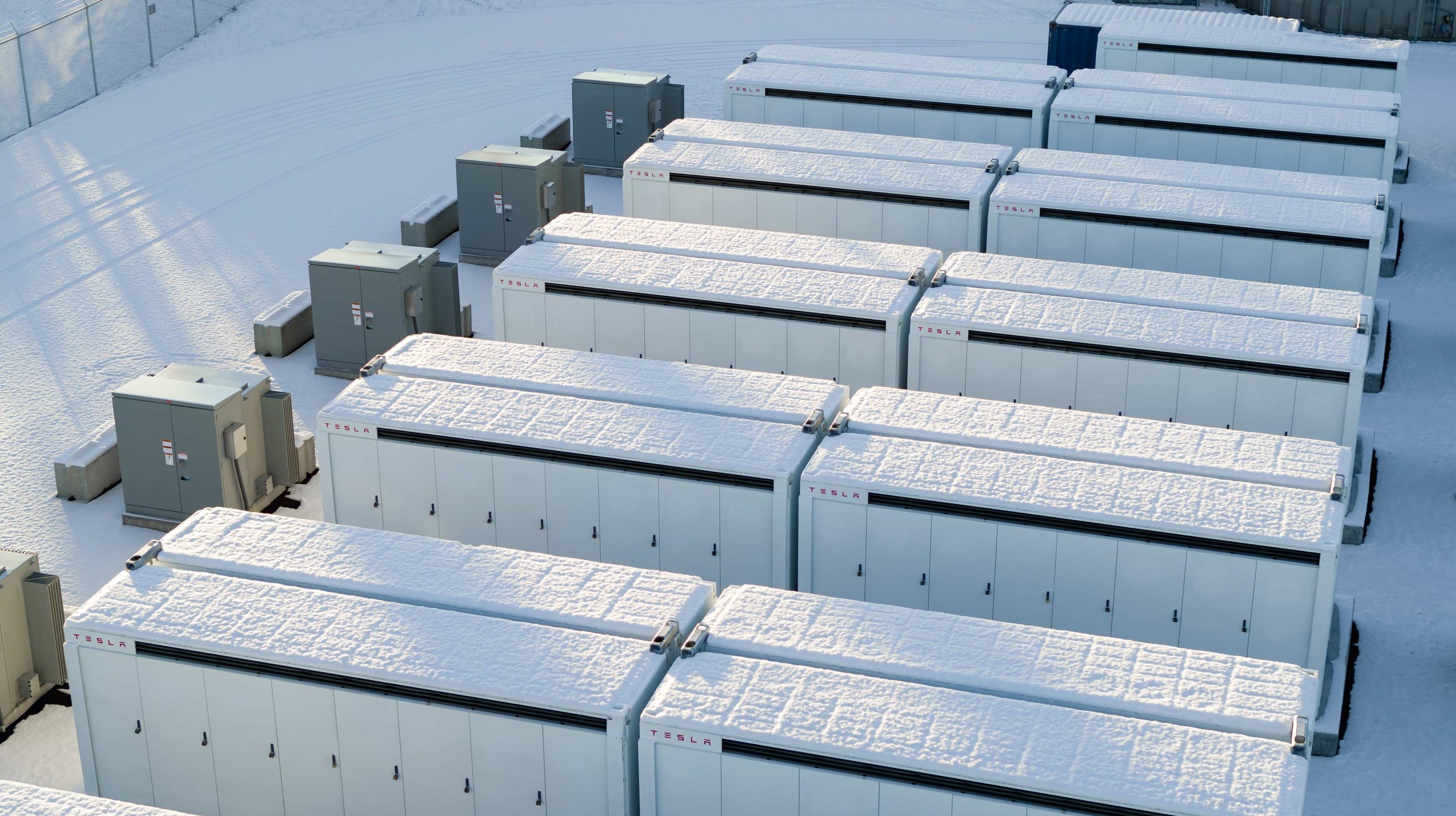
Tesla Energy recently celebrated its 10th anniversary with a dedicated video showcasing several of its milestones over the past decade.
Tesla Energy has gone far since its early days, and it is now becoming a progressively bigger part of the company.
Tesla Energy Early Days
When Elon Musk launched Tesla Energy in 2015, he noted that the business is a fundamental transformation of how the world works. To start, Tesla Energy offered the Powerwall, a 7 kWh/10 kWh home battery system, and the Powerpack, a grid-capable 100 kWh battery block that is designed for scalability. A few days after the products’ launch, Musk noted that Tesla had received 38,000 reservations for the Powerwall and 2,500 reservations for the Powerpack.
Tesla Energy’s beginnings would herald its quiet growth, with the company later announcing products like the Solar Roof tile, which is yet to be ramped, and the successor to the Powerwall, the 13.5 kWh Powerwall 2. In recent years, Tesla Energy also launched its Powerwall 3 home battery and the massive Megapack, a 3.9 MWh monster of a battery unit that has become the backbone for energy storage systems across the globe.
Key Milestones
As noted by Tesla Energy in its recent video, it has now established facilities that allow the company to manufacture 20,000 units of the Megapack every year, which should help grow the 23 GWh worth of Megapacks that have already been deployed globally.
The Powerwall remains a desirable home battery as well, with more than 850,000 units installed worldwide. These translate to 12 GWh of residential entry storage delivered to date. Just like the Megapack, Tesla is also ramping its production of the Powerwall, allowing the division to grow even more.
Tesla Energy’s Role
While Tesla Energy does not catch as much headlines as the company’s electric vehicle businesses, its contributions to the company’s bottom line have been growing. In the first quarter of 2025 alone, Tesla Energy deployed 10.4 GWh of energy storage products. Powerwall deployments also crossed 1 GWh in one quarter for the first time. As per Tesla in its Q1 2025 Update Letter, the gross margin for the Energy division has improved sequentially as well.
-

 Elon Musk4 days ago
Elon Musk4 days agoTesla investors will be shocked by Jim Cramer’s latest assessment
-

 News1 week ago
News1 week agoTesla Robotaxi’s biggest challenge seems to be this one thing
-

 Elon Musk2 weeks ago
Elon Musk2 weeks agoFirst Look at Tesla’s Robotaxi App: features, design, and more
-

 News2 weeks ago
News2 weeks agoSpaceX and Elon Musk share insights on Starship Ship 36’s RUD
-

 News2 weeks ago
News2 weeks agoWatch Tesla’s first driverless public Robotaxi rides in Texas
-

 News1 week ago
News1 week agoWatch the first true Tesla Robotaxi intervention by safety monitor
-

 News2 weeks ago
News2 weeks agoTesla has started rolling out initial round of Robotaxi invites
-

 Elon Musk2 weeks ago
Elon Musk2 weeks agoTesla to launch in India in July with vehicles already arriving: report


